BLACK LUNG DISEASE
In January of 2019 I was assigned by National Public Radio (NPR) to photograph a group of former coal miners who suffer from Coal workers' pneumoconiosis (CWP) more commonly known as ‘Black Lung Disease’ a condition of the lungs that results from years working in coal mines and inhaling coal dust. The condition has been known for decades and attempts have been made to combat this by federal safety regulations on mining companies to require workers use dust masks, however it has come to light that many of these companies neglected to enforce these policies. In Kentucky, West Virginia, and Virginia, the rate of Black Lung Disease is still on the rise and now many coal workers find themselves on their own trying to figure out how to deal with the illness.
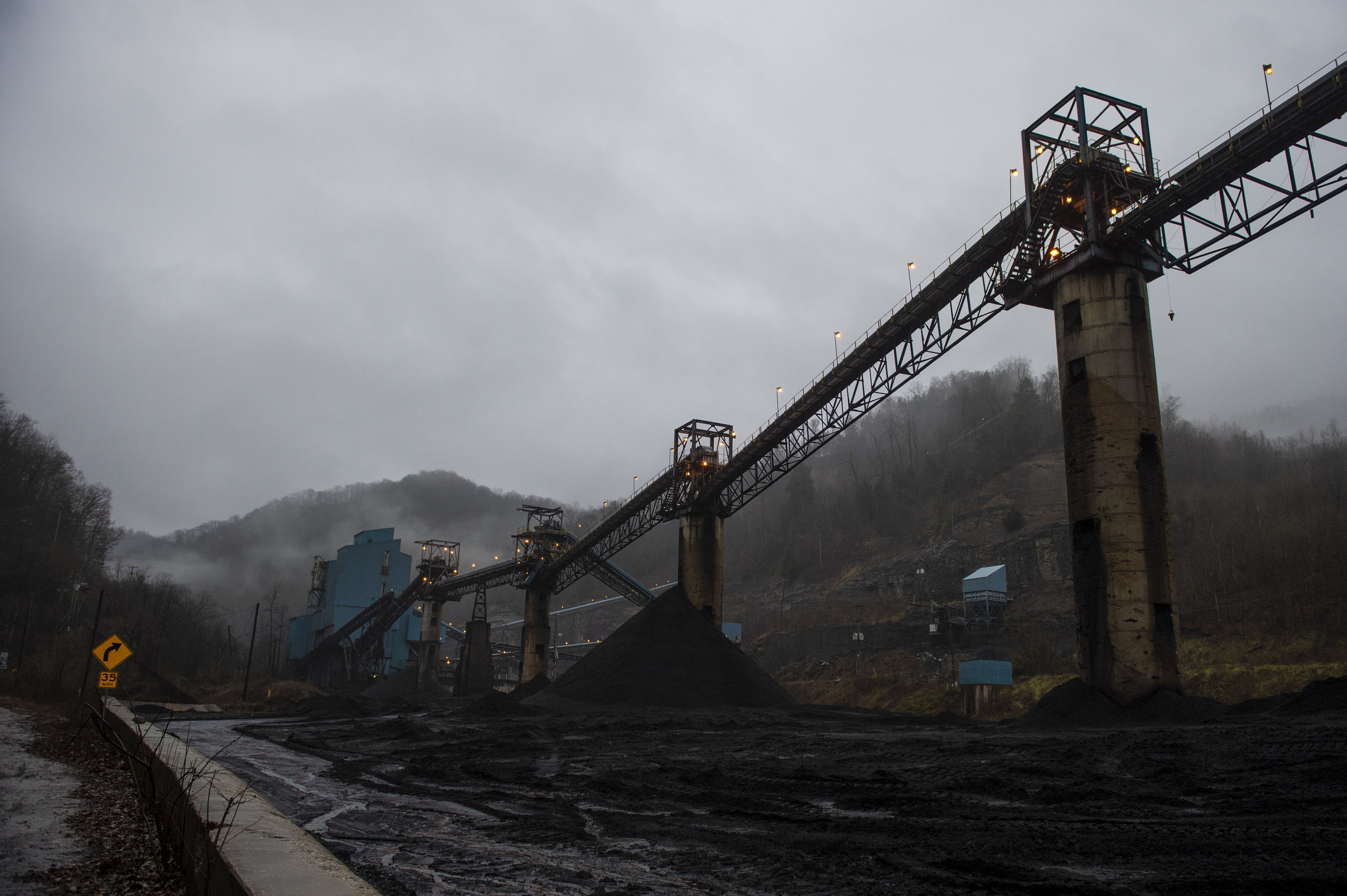
Rain or snow, fog or ice, a coal processing plant along Kentucky Highway 194 continues to operate on Friday, January 17.
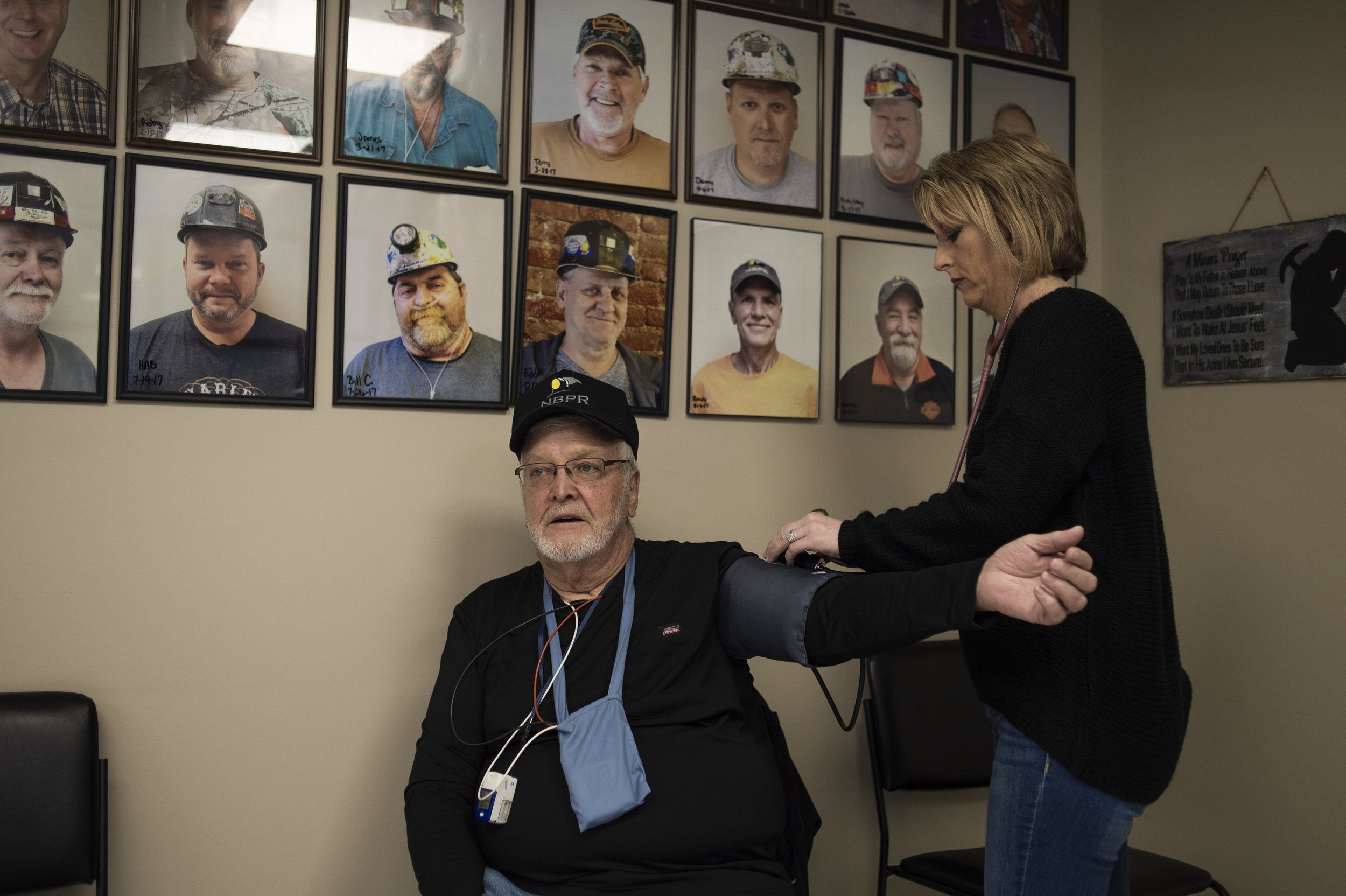
Respiratory therapist Deena Neace checks James Muncy's blood pressure and pulse during a session at the New Beginnings Pulmonary Rehab Clinic on Thursday, January 17 in South Williamson, Kentucky.
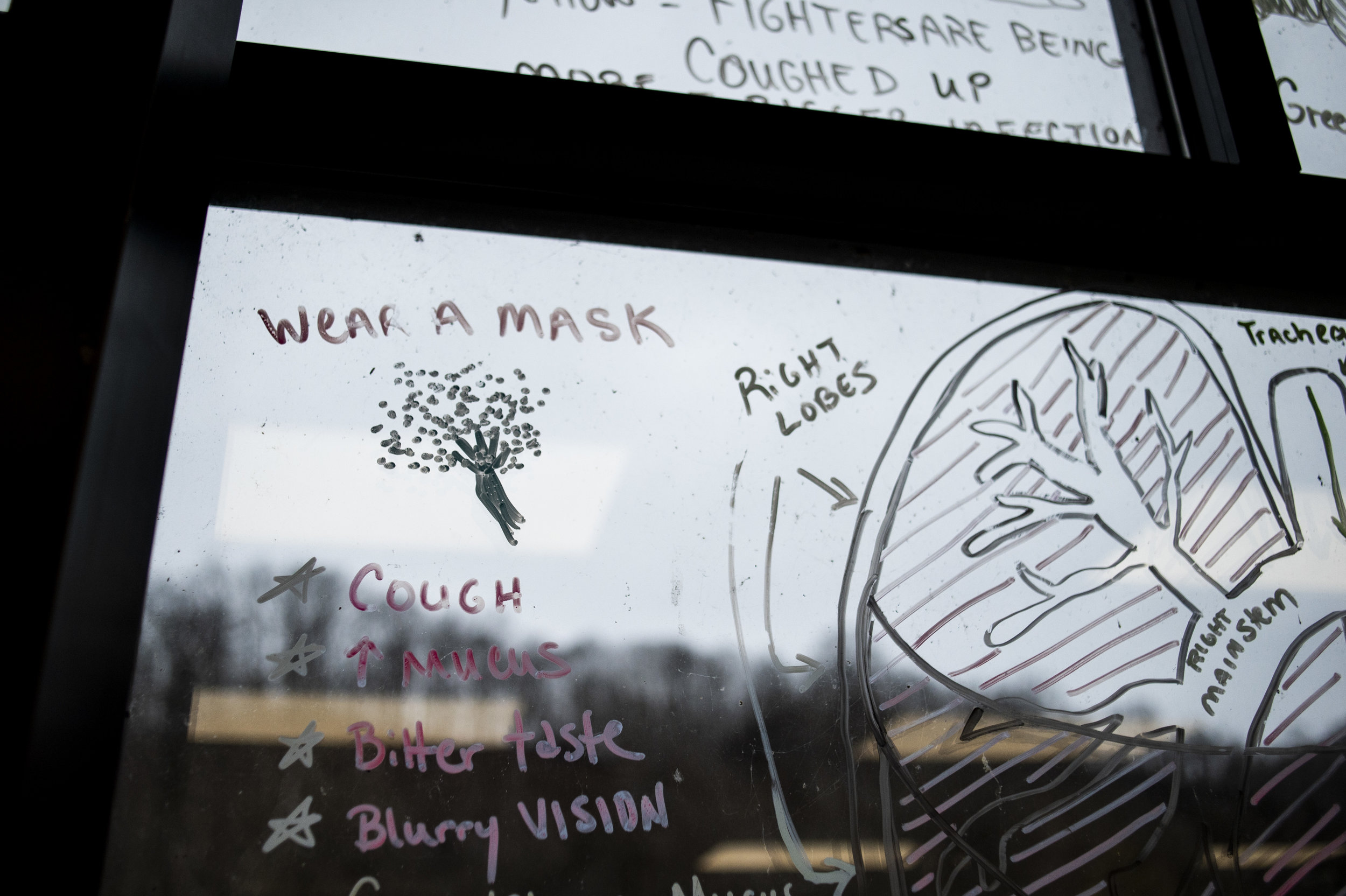
Drawings and information about lung health and Black Lung Disease cover the windows of the New Beginnings Pulmonary Rehab Clinic in South Williamson, Kentucky.
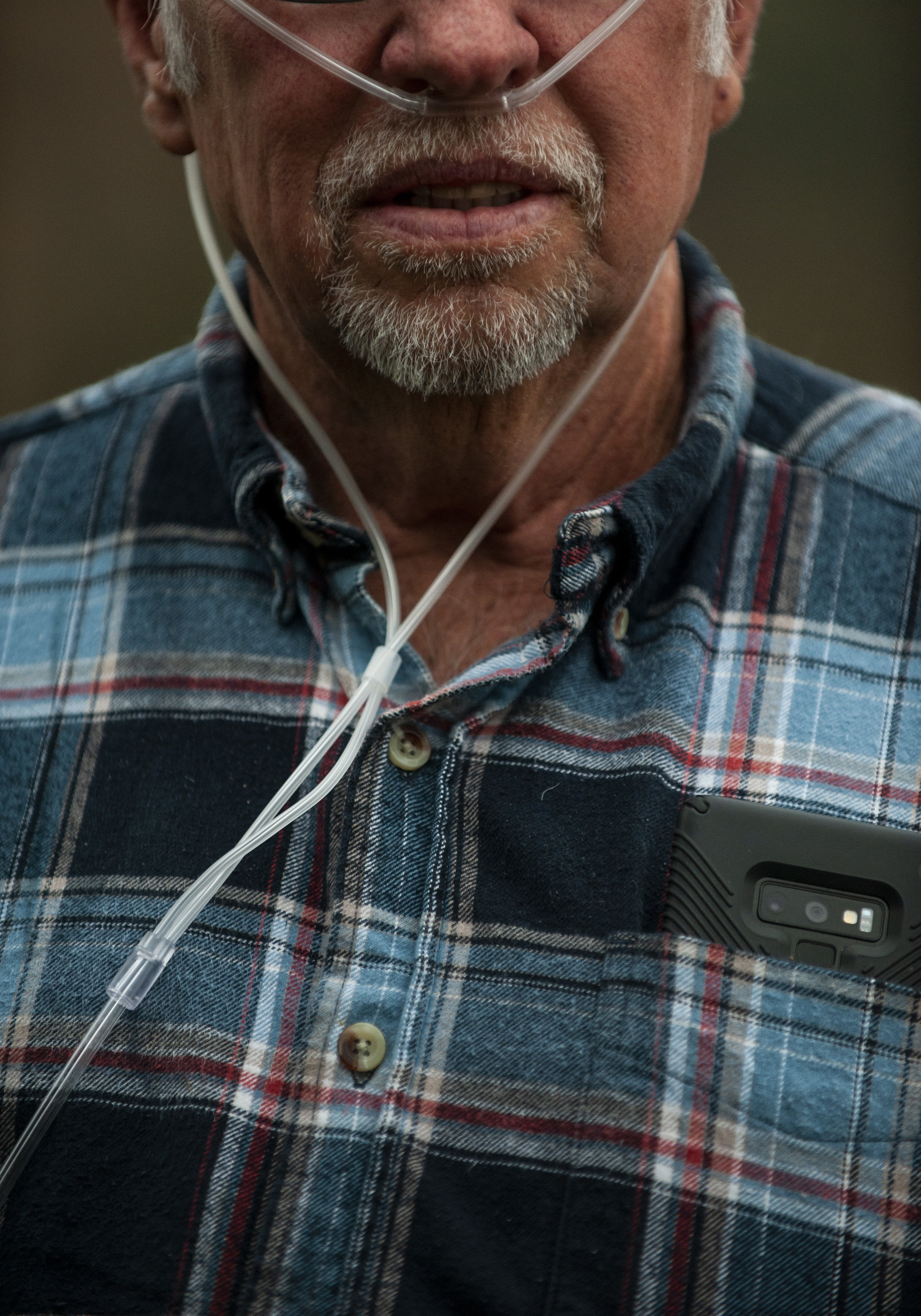
Paul Kinder poses for a portrait on his property outside of Honaker, Virginia on Friday, January 18.
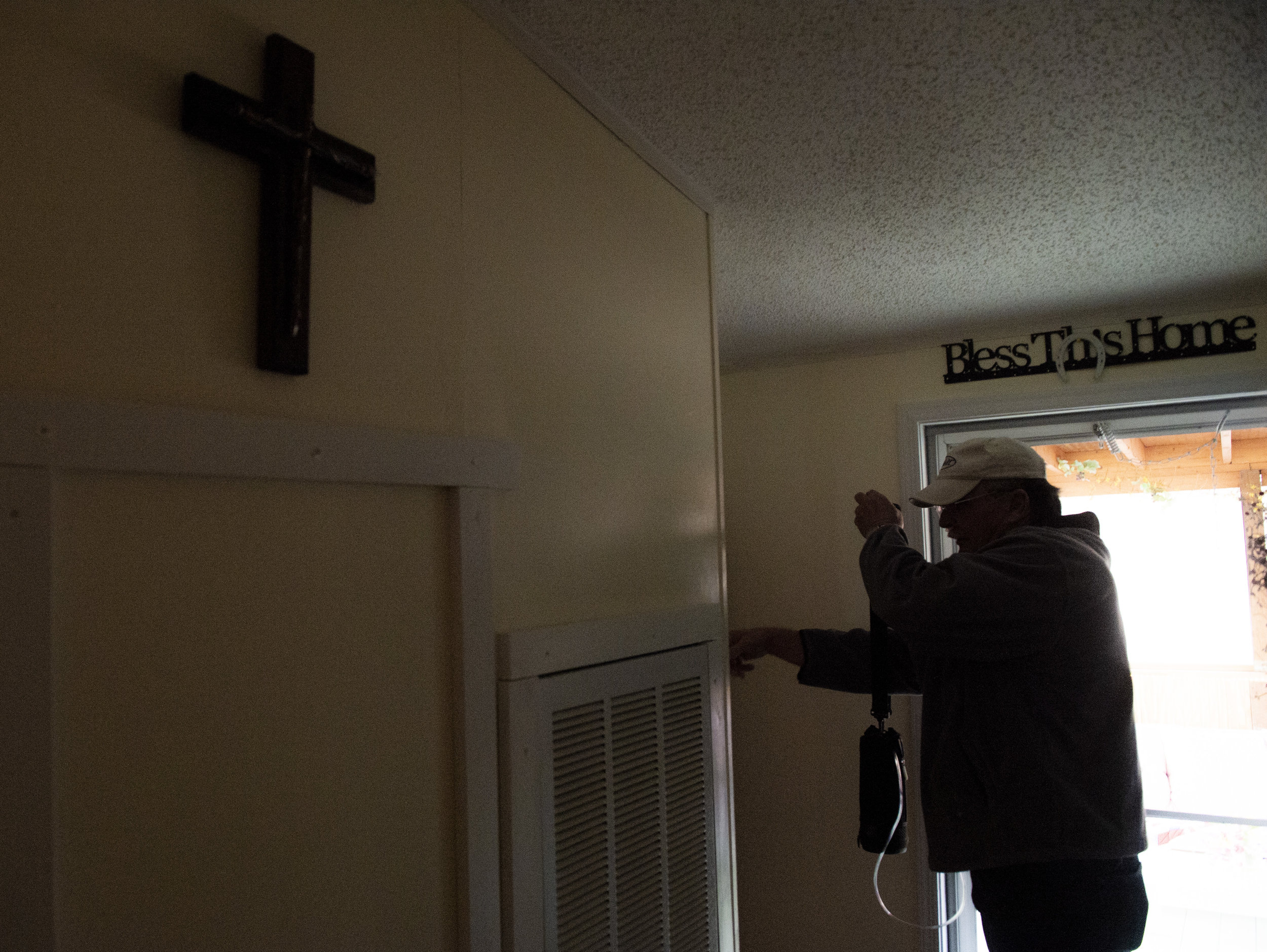
Charles Shortridge gets ready to venture outside of his home in Meadowview, Virginia on Friday, January 18. In order to leave the home Charles has to bring his Portable Oxygen Concentrator with him to help him breath. "I've always been a worker, I get antsy if there's nothing to work on or do, and it is hard to be stuck in this house all the time." Charles says. Charles tries to get time outdoors when he can, however even a walk down the driveway exhausts him and leaves him short of breath.
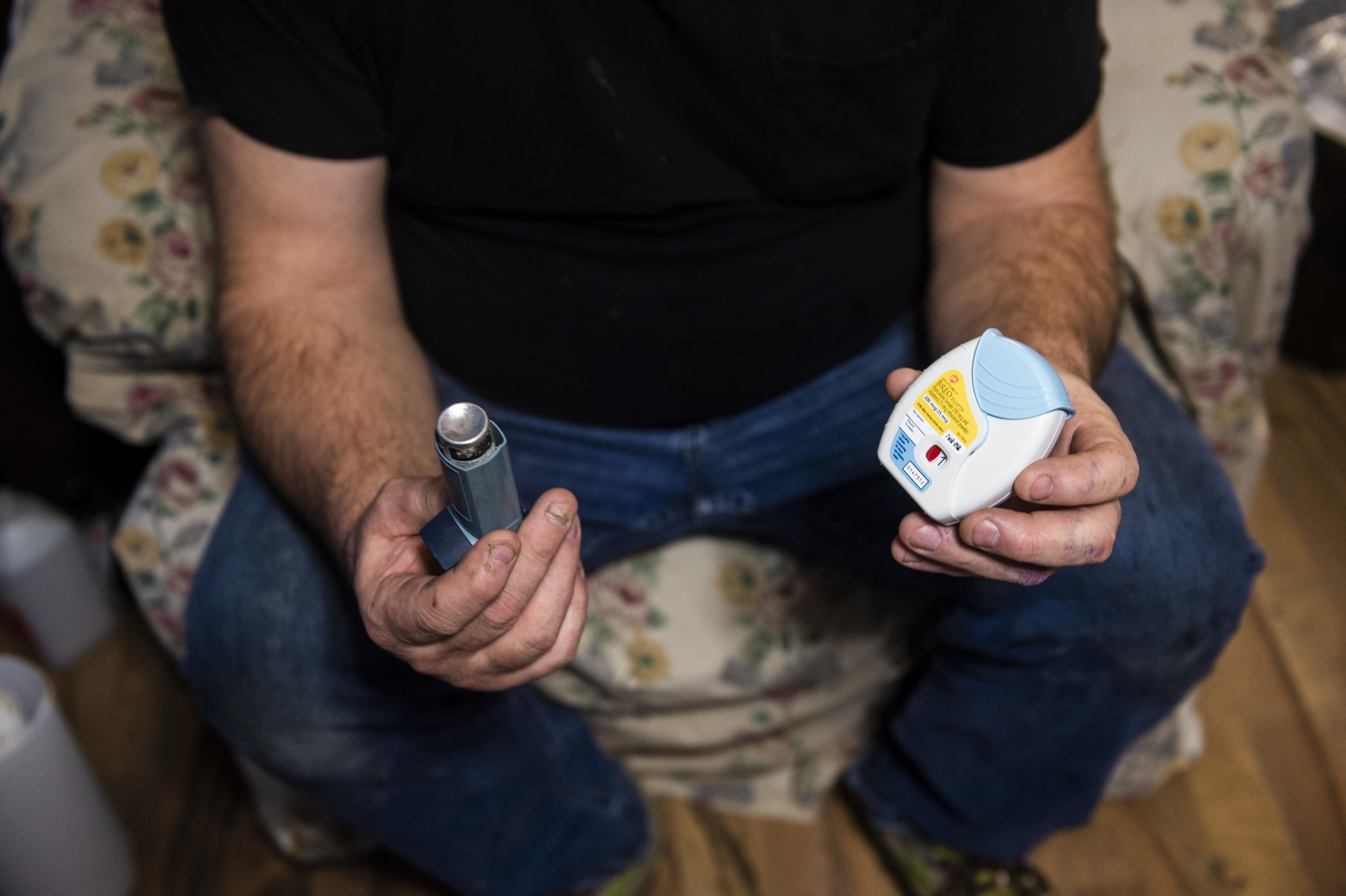
Harold Dotson shows the two inhalers he uses when he has breathing episodes due to his Black Lung Disease on Thursday, January 17 in Paw Paw, Kentucky.
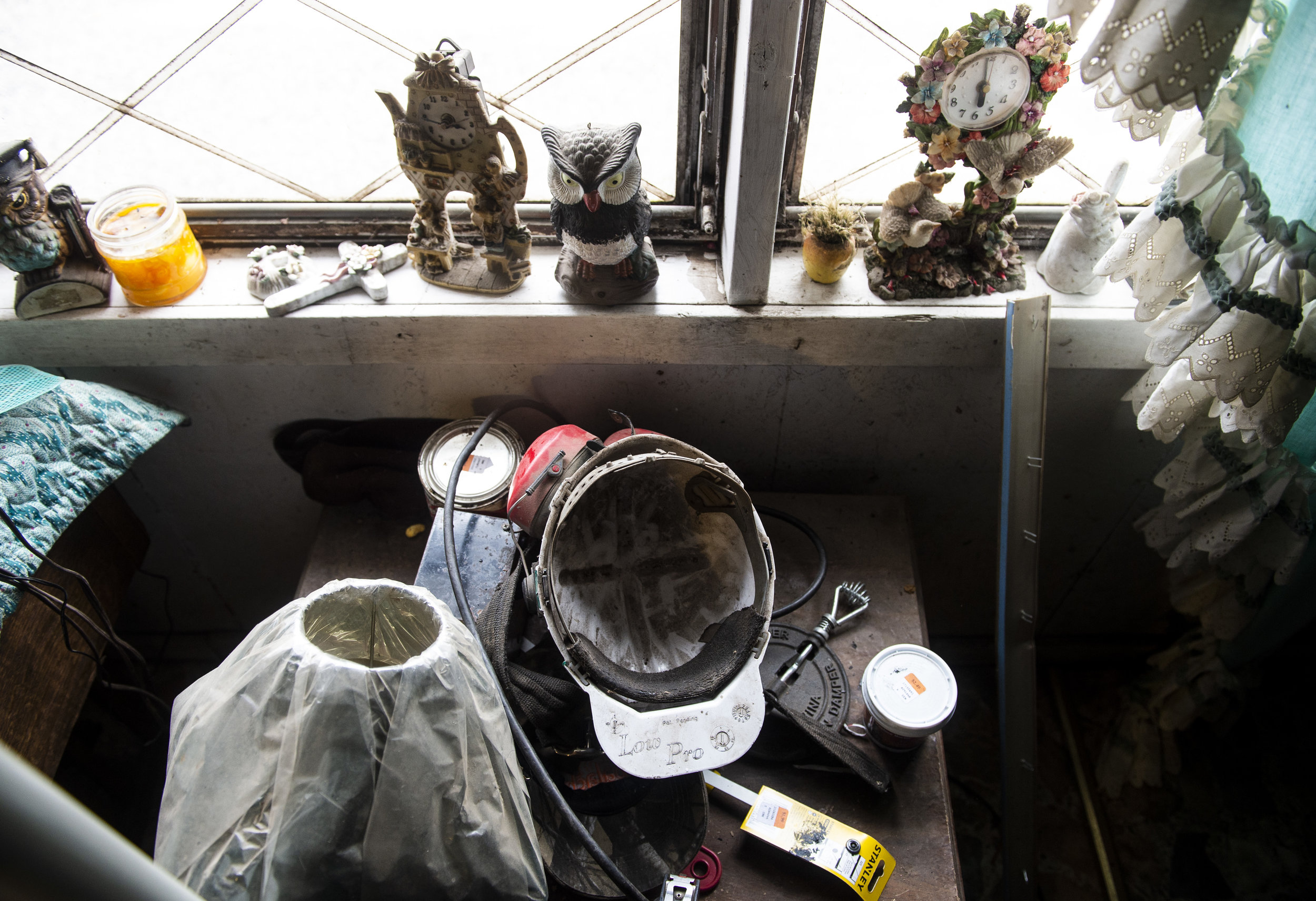
The coal miners helmet that Harold Dotson wore when he worked in the mines sits on a table near the front window of his home in Paw Paw, Kentucky on Thursday, January 17.
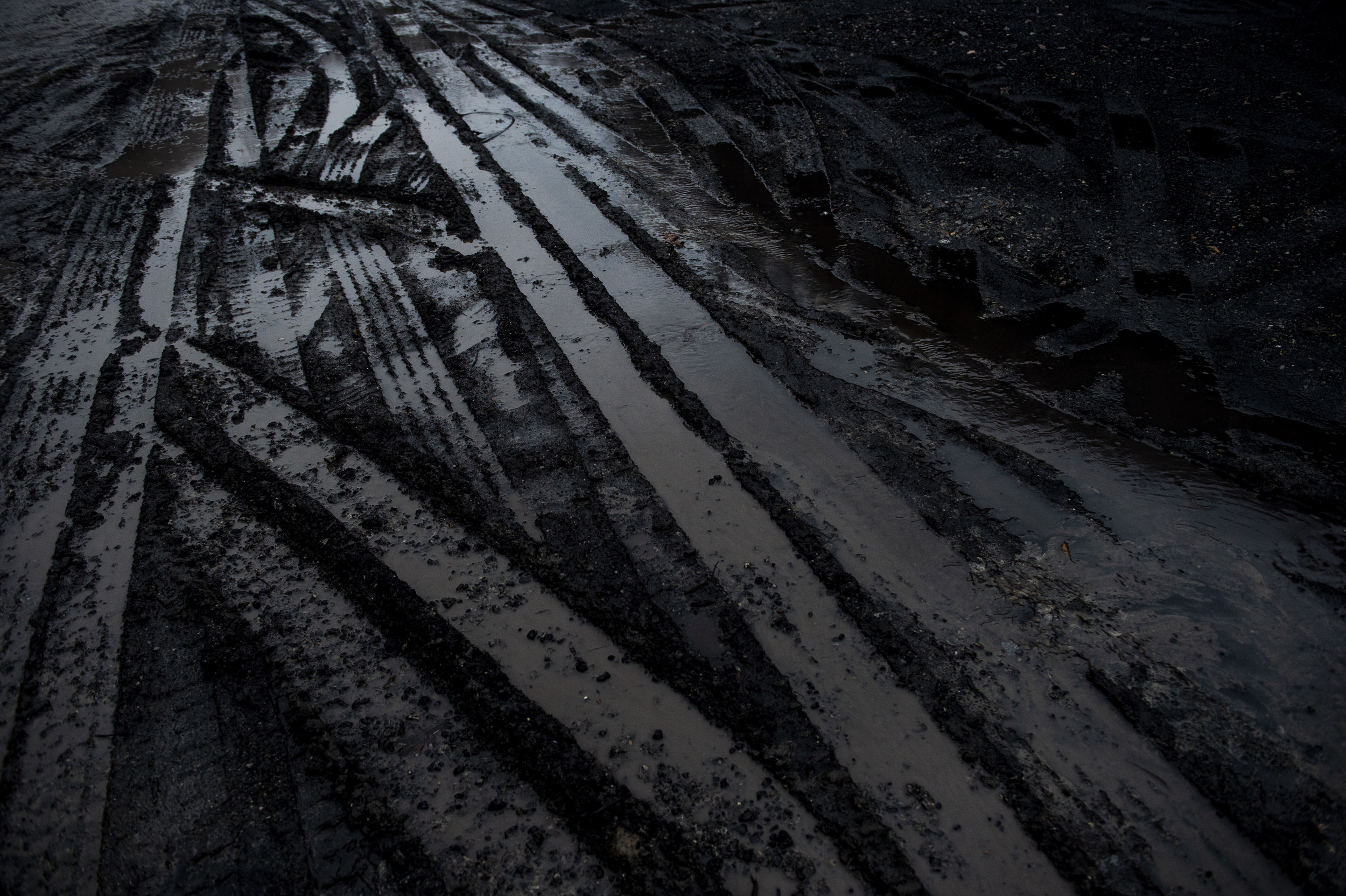
A parking lot covered in coal near a coal processing plant outside of Pikeville, Kentucky.
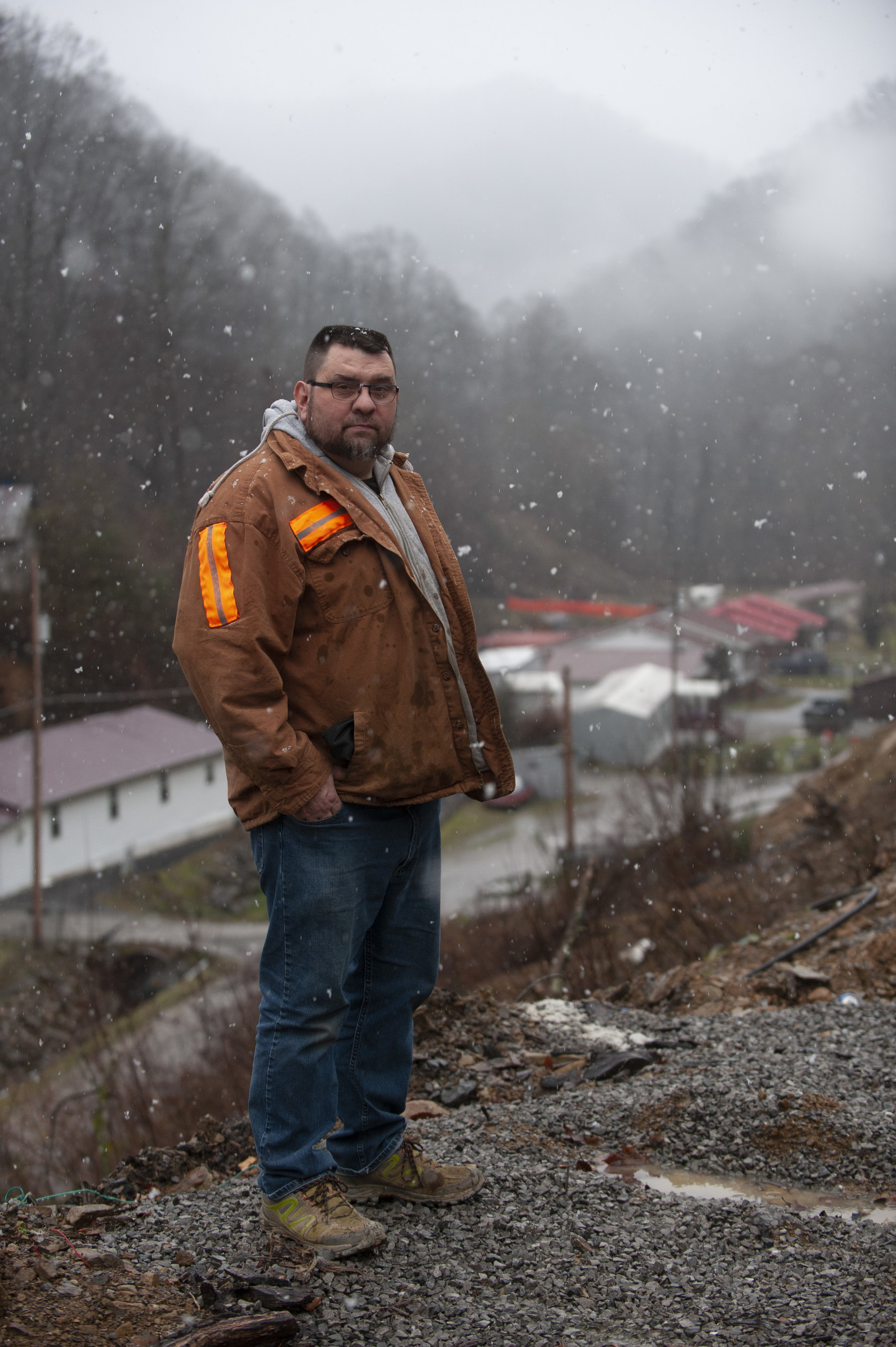
Harold Dotson poses for a portrait out front of the home he lives in with his mother in Paw Paw, Kentucky on Thursday, January 17. Harold was diagnosed in 2013 with Black Lung and now spends his time caring for his mother at the home he grew up in. Harold's father was also diagnosed with Black Lung Disease after spending years working in the mines.
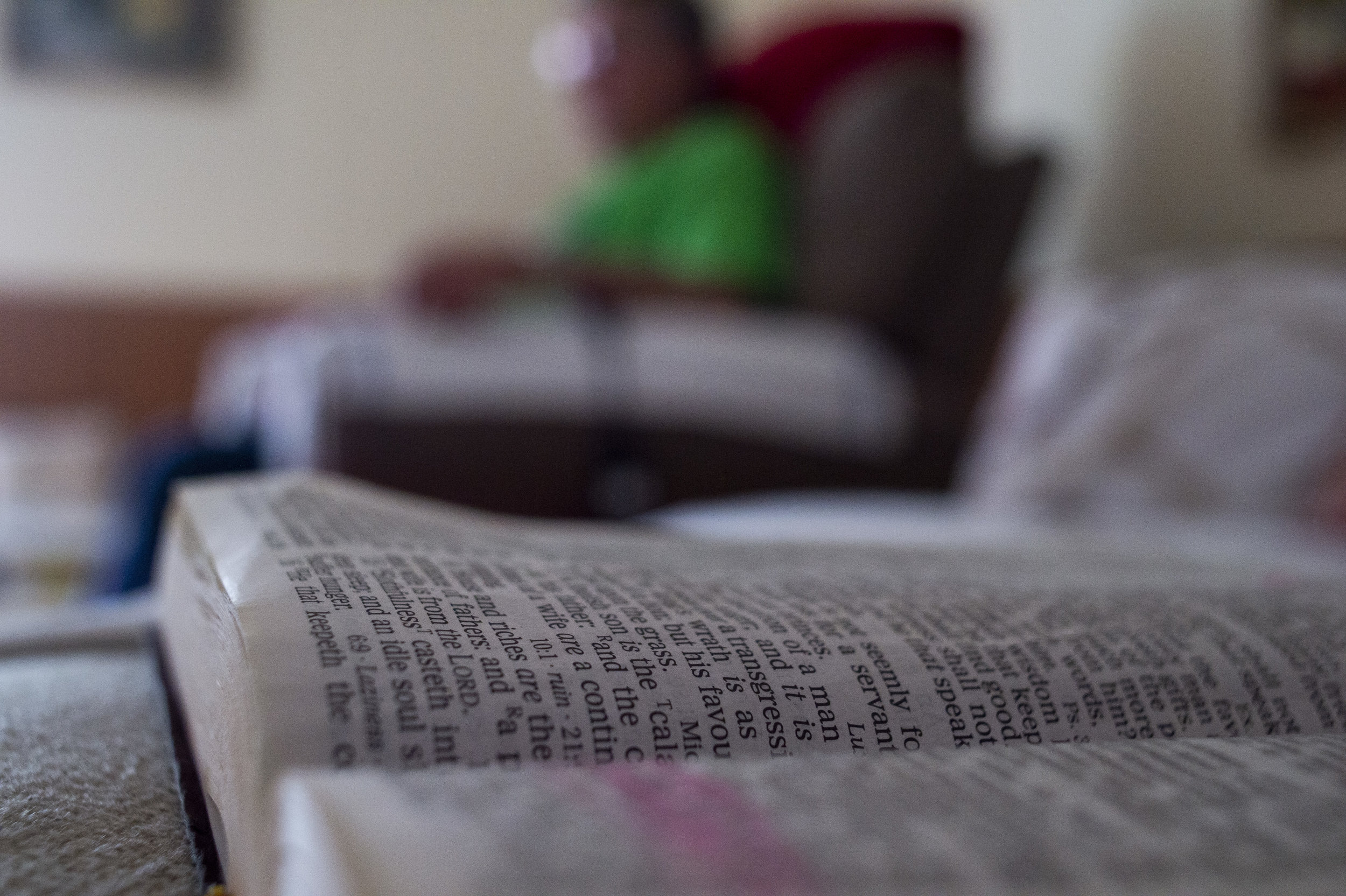
Charles Shortridge sits in his living room in his home near Meadowview, Virginia on Friday, January 18. A bible sits open nearby on the couch, with many ailments affecting his daily life, Charles notes that his faith plays a big role in his attitude towards his daily struggles.
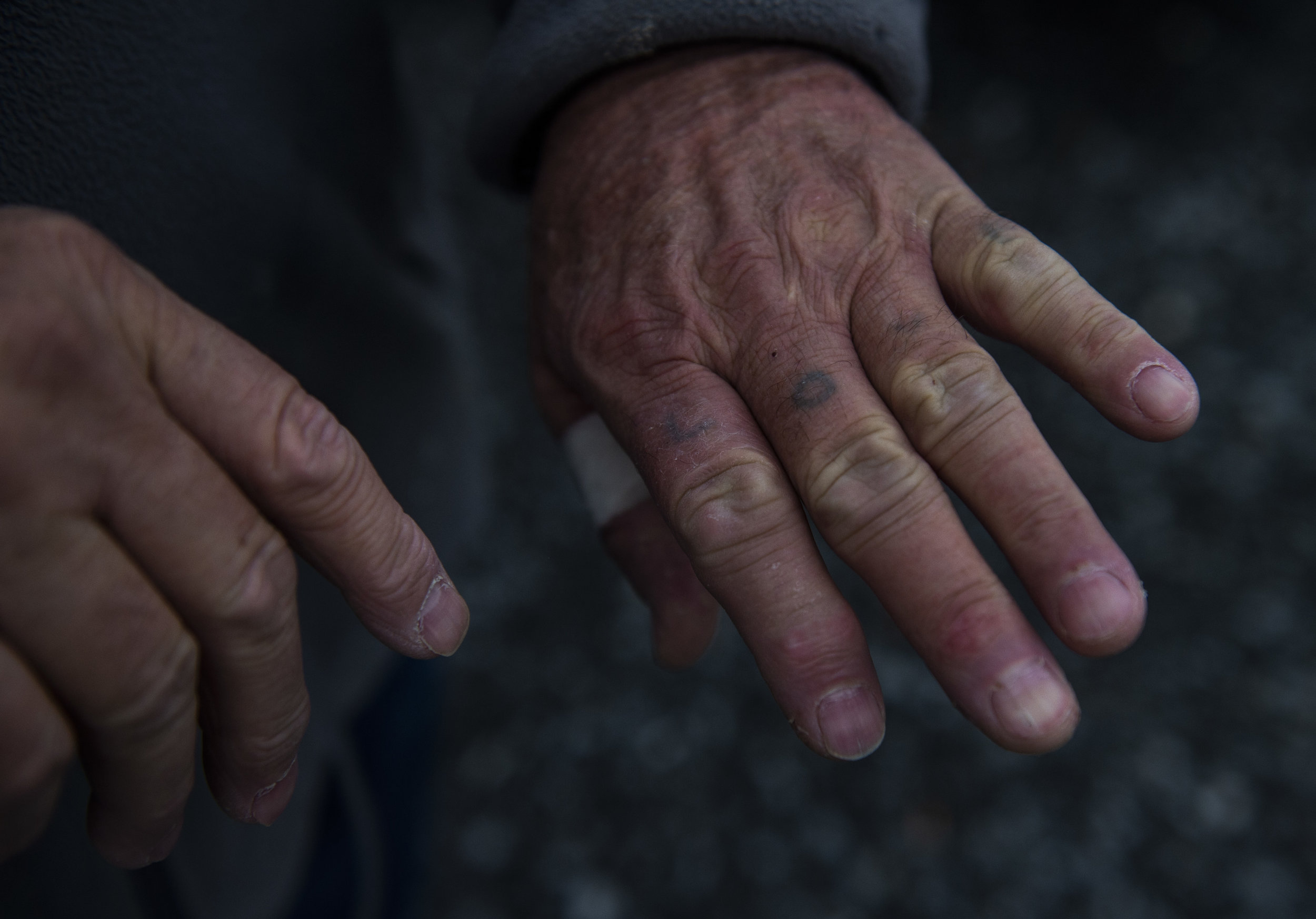
The well worked and worn hands of Charles Shortridge, a fading tattoo reading 'LOVE' stretches across his knuckles.

Jackie Yates stands on his property for a portrait in Cedar Bluff, Virginia on Friday, January 18. Jackie is diagnosed with Black Lung Disease, however he still works in a coal mine.
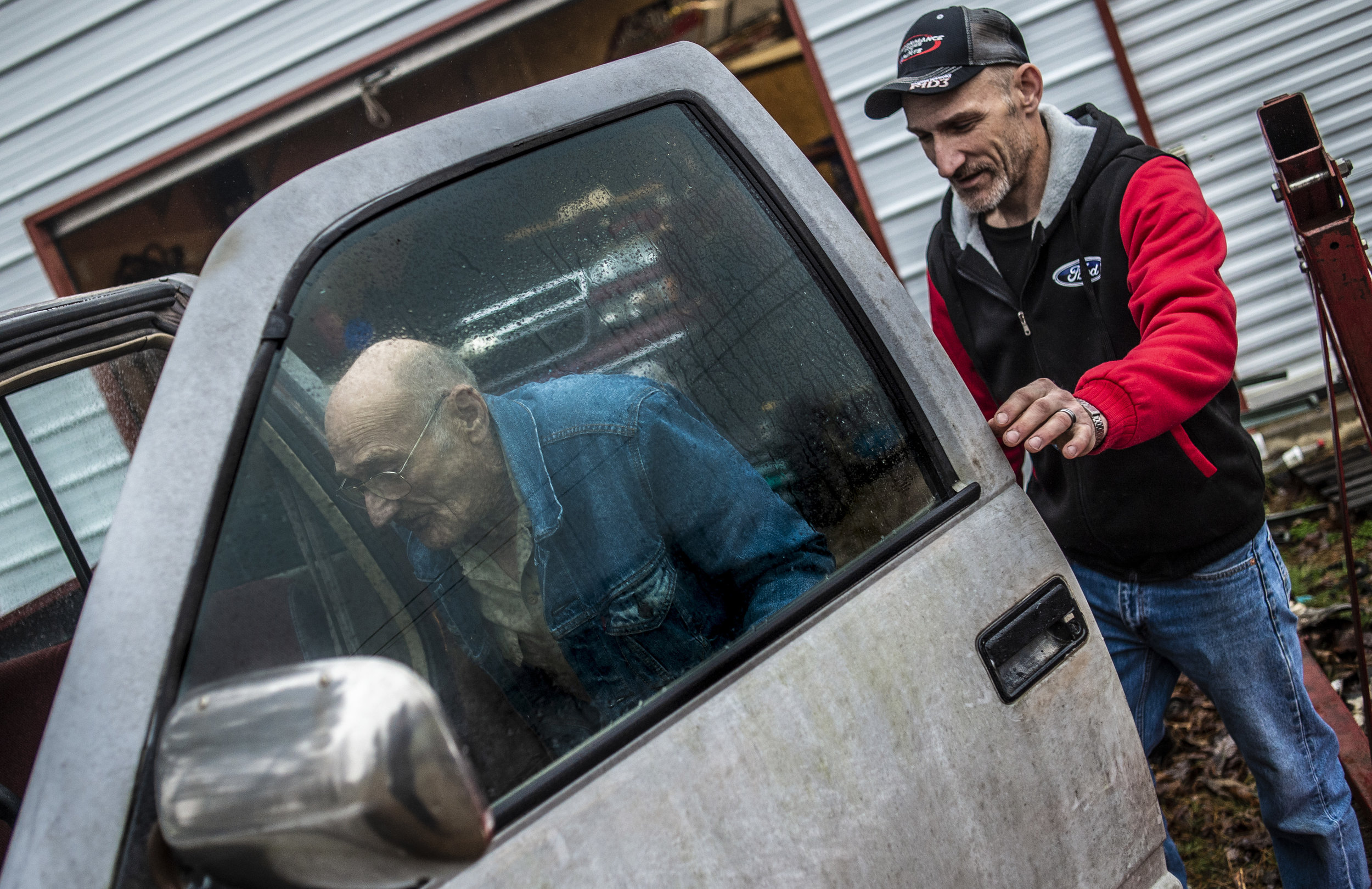
Jackie Yates helps his father Verne to his truck after Verne delivered a transmission for a truck that Jackie is working on to his house in Cedar Bluff, Virginia on Friday, January 18. Verne, who worked much of his life in the coal mines, has stage three Black Lung Disease, while Jackie, his son who still works in the coal mines, is in the beginning stages of Black Lung Disease.
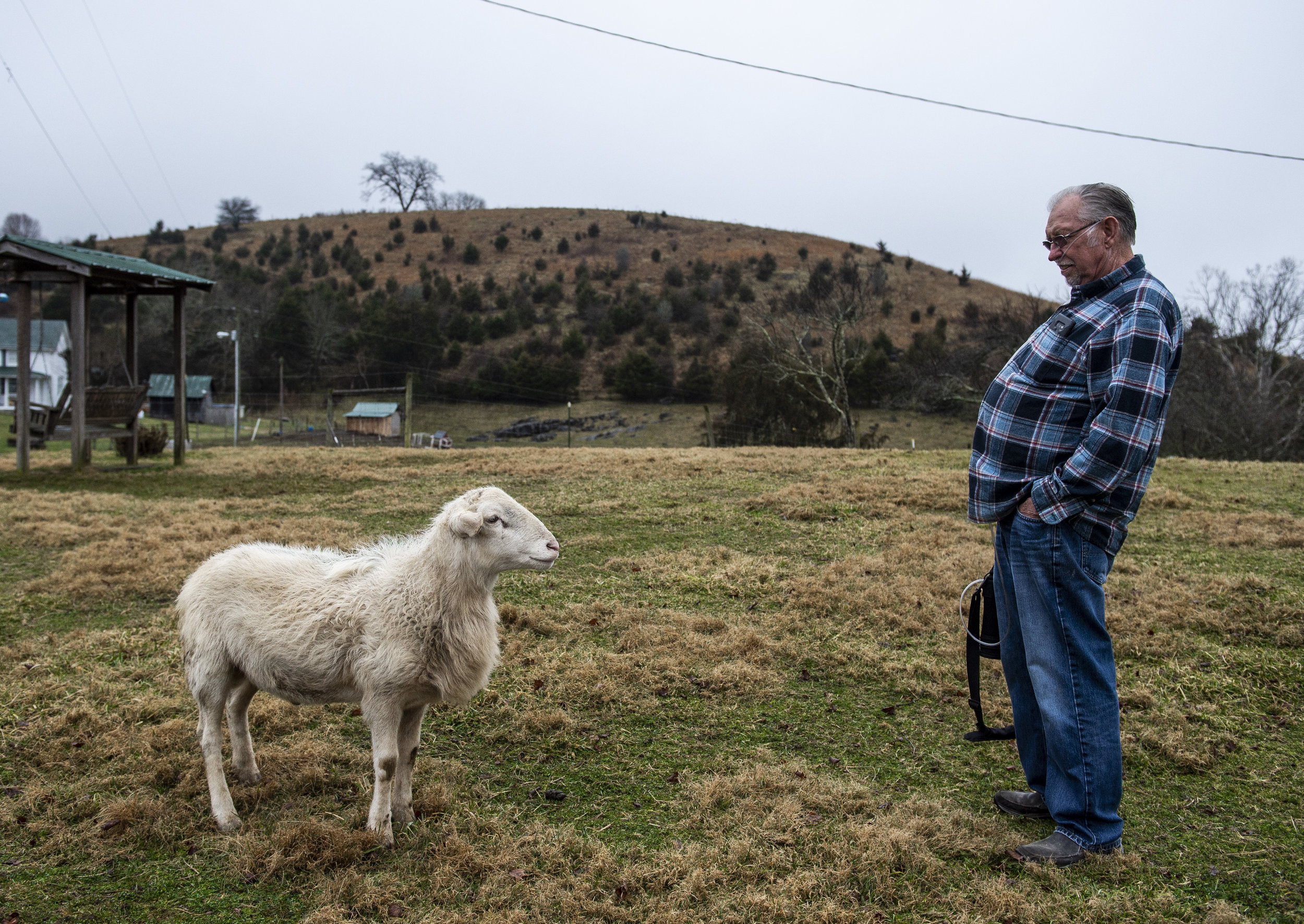
Paul Kinder and one his rams share a moment on his homestead on the outskirts of Honaker, Virginia on Friday, January 18. Paul, who worked in the mines since he was a teenager, lives with Black Lung Disease. While it limits his mobility, he makes it a point to 'take it slow' and get outside to check on his rams and chickens.
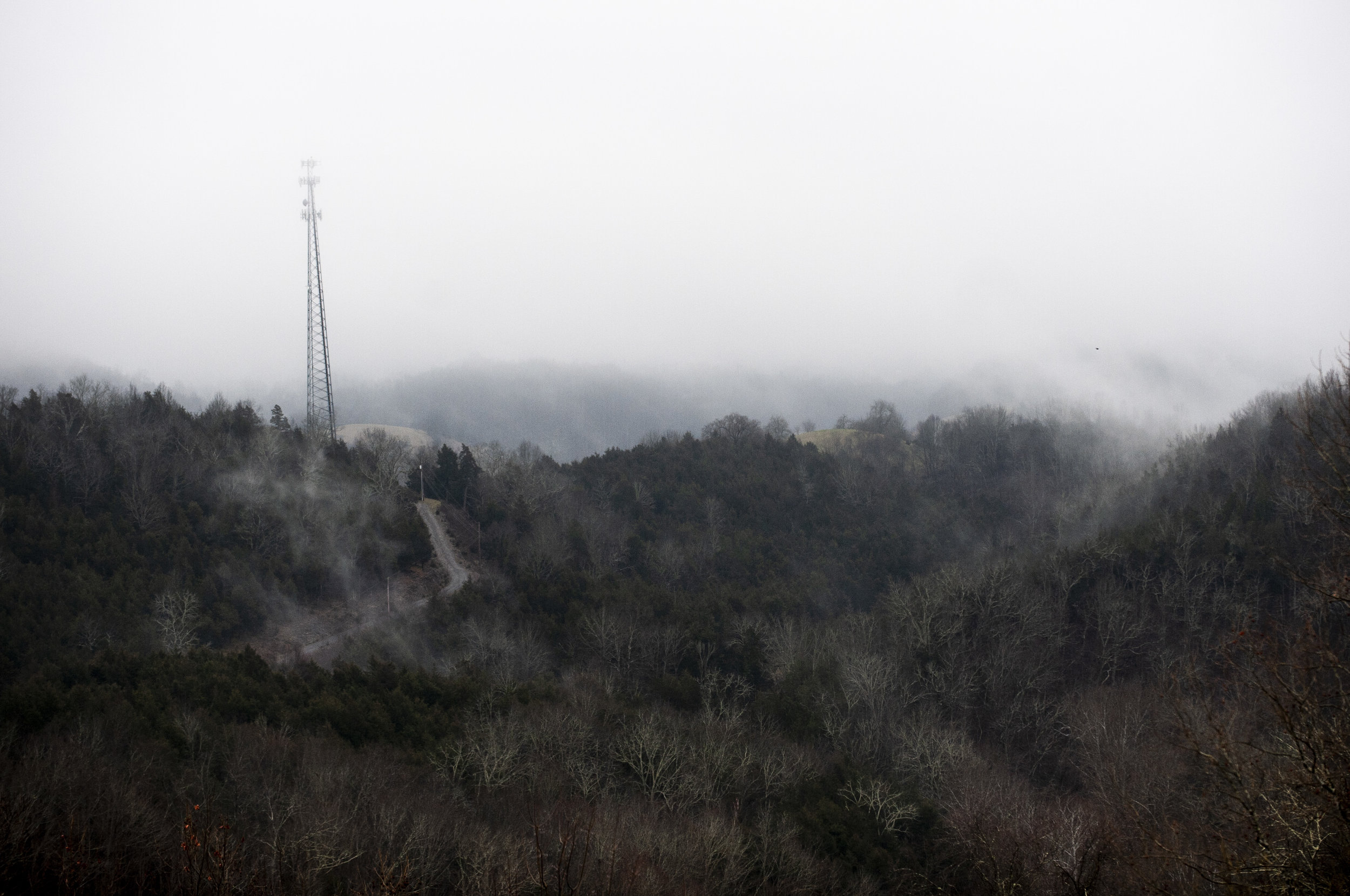
The hills of southern Kentucky, where generations have taken to the mines to unearth the black gold that lies beneath the surface. In these parts coal mining goes beyond being a job, its a legacy for many. Despite the prevalence of Black Lung Disease many miners and former miners look back on their career with fondness.














